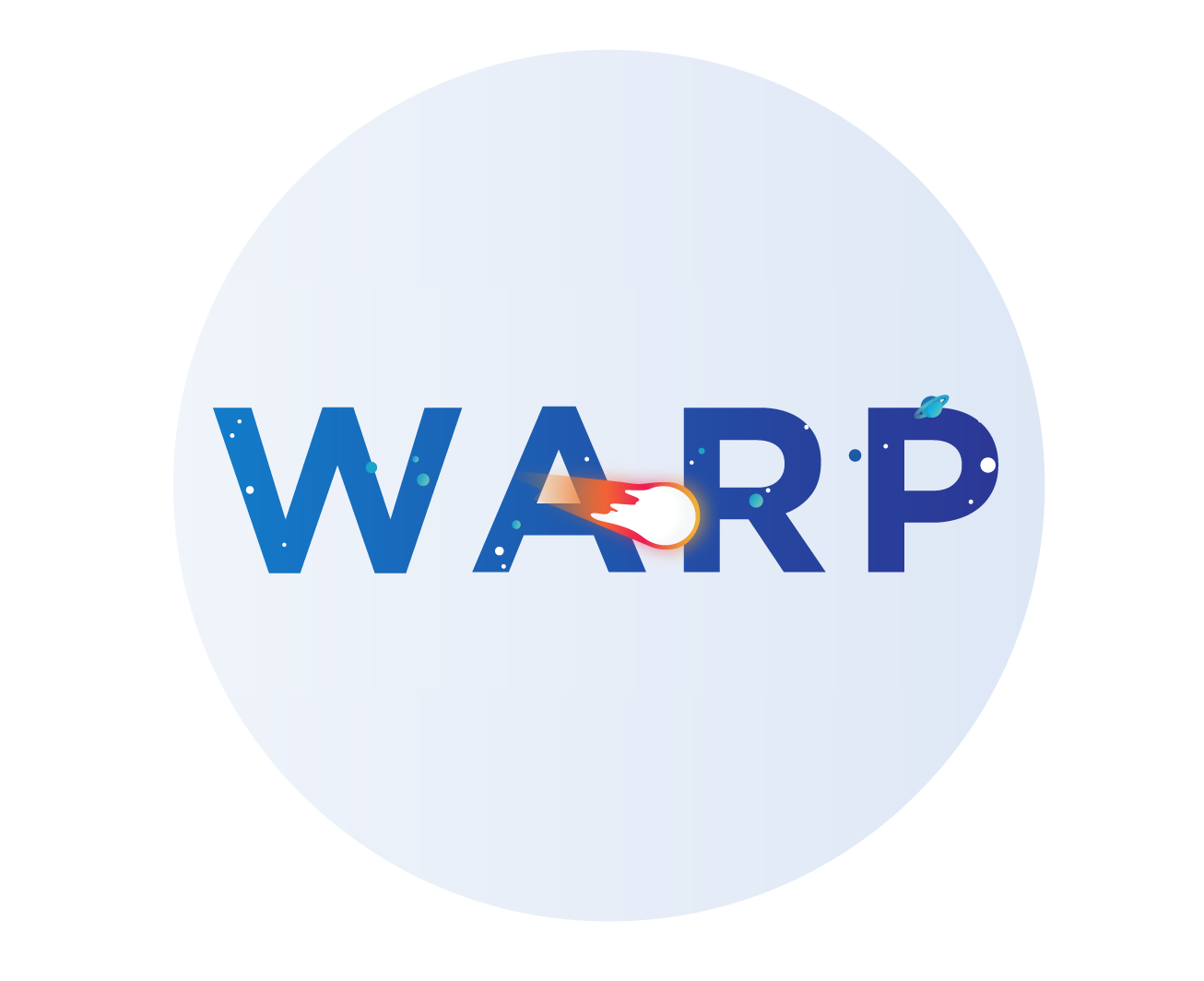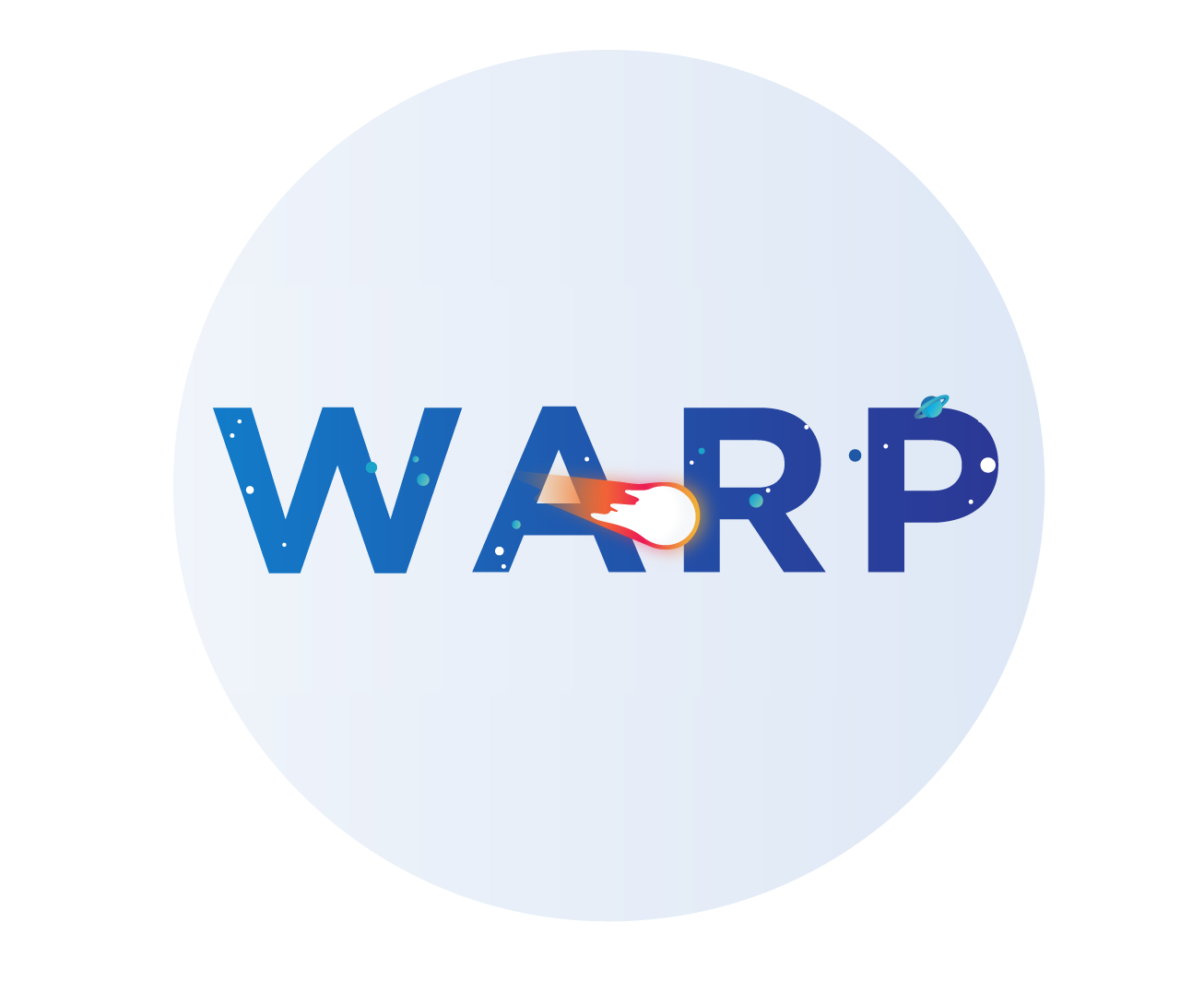Designing Your First Application in Kubernetes, Part 3: Communicating via Services

I reviewed the basic setup for building applications in Kubernetes in part 1 of this blog series, and discussed processes as pods and controllers in part 2. In this post, I’ll explain how to configure networking services in Kubernetes to allow pods to communicate reliably with each other.
Setting up Communication via Services
At this point, we’ve deployed our workloads as pods managed by controllers, but there’s no reliable, practical way for pods to communicate with each other, nor is there any way for us to visit any network-facing pod from outside the cluster. Kubernetes networking model says that any pod can reach any other pod at the target pod’s IP by default, but discovering those IPs and maintaining that list while pods are potentially being rescheduled — resulting in them getting an entirely new IP — by hand would be a lot of tedious, fragile work.
Instead, we need to think about Kubernetes services when we’re ready to start building the networking part of our application. Kubernetes services provide reliable, simple networking endpoints for routing traffic to pods via the fixed metadata defined in the controller that created them, rather than via unreliable pod IPs. For simple applications, Continue reading







